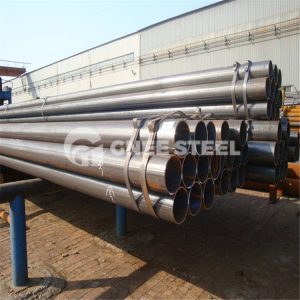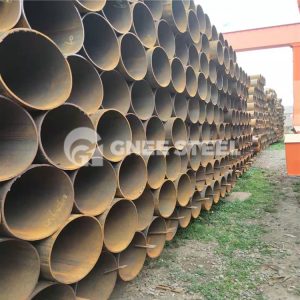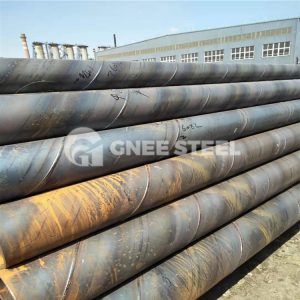High-carbon steel refers to w (C) higher than 0.6 per cent of carbon steel, with a greater tendency to harden, more sensitive to the formation of cold cracks, high-carbon steel weldability is poor, the need to use a special welding process to ensure that the joint performance, in the welded structure, generally rarely used.
High-carbon steel is mainly used for machine parts requiring high hardness and wear resistance, in the manufacture of heavy machinery, but also encountered the welding of high-carbon steel parts, high-carbon steel welding process, we must comprehensively analyse the possible welding defects, and take appropriate welding measures.
Weldability of high-carbon steel
1.Welding method
High-carbon steel is mainly used for structures with high hardness and wear resistance, welding methods are submerged arc welding, electrode arc welding, brazing.


2.Welding materials
High-carbon steel welding generally do not need to joints and the strength of the base material, electrode arc welding selection of de-sulfurisation capacity, low hydrogen content of the metal, good toughness of the low-hydrogen electrodes, if the requirements of the strength of the weld metal and the base material, to choose the corresponding level of low-hydrogen electrodes, if not, then select the strength level lower than the base material of the low-hydrogen electrodes, if the base material is not allowed to preheat the base material during the welding process, the choice of heat-affected zone, austenitic stainless steel electrodes , to prevent cold cracking and obtain austenitic organisation with strong crack resistance and good plasticity.
3.Groove preparation
Reduce the fusion ratio, limit the mass fraction of carbon in the weld metal, weld with U-type or V-type bevel, pay attention to clean the bevel and both sides of the oil and rust.
4.Preheating
Structural steel welding electrode should be preheated before welding, the temperature control in 250 ℃ ~ 350 ℃.


5.Interlayer treatment
In multi-layer multi-pass welding, the first pass is welded with small diameter electrode and small current, usually, the workpiece is placed in the half-stand welding or through the use of electrode transverse swing, the whole heat-affected zone is heated up in a short period of time in order to obtain the preheating and heat preservation effect.
6. post welding heat treatment
After welding, the workpiece is put into a heating furnace for stress relief annealing, and the temperature is kept at 650℃.
Due to the high carbon steel, high carbon content, poor weldability, welding is prone to cracking, so it is necessary to reasonably select the welding process to reduce the occurrence of weld cracks and enhance the performance of welded joints.